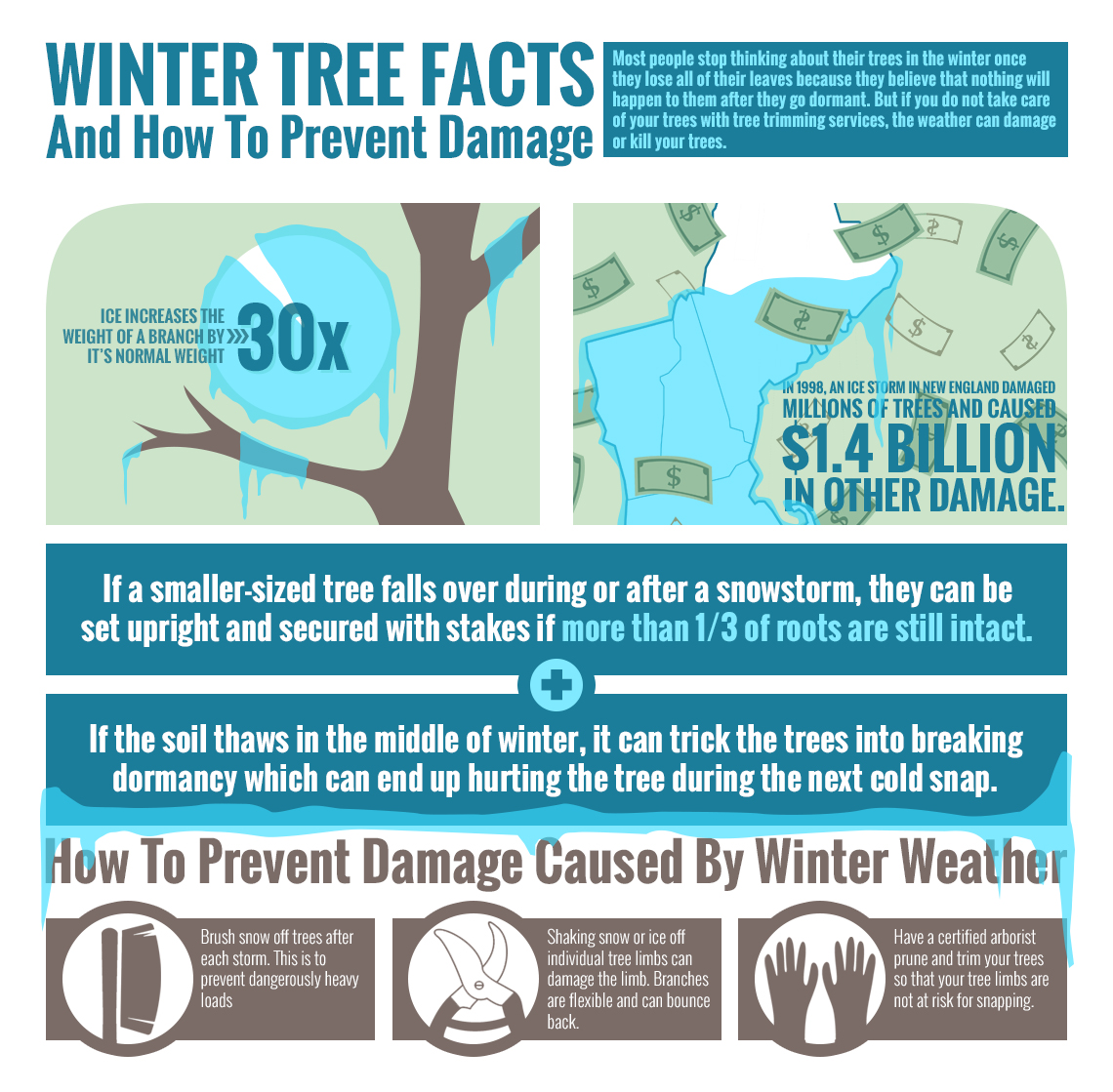Establishing The Correct Time For Tree Removal - An Overview For Homeowners
Establishing The Correct Time For Tree Removal - An Overview For Homeowners
Blog Article
Team Author-Jacobsen Long
Trees include beauty and worth to property, but they can additionally posture a threat during extreme climate events. If a tree has quit growing, is displaying noticeable fungal growth, or has a leaning trunk, it needs to be gotten rid of by an expert to prevent residential or commercial property damage and injury.
To get https://how-to-burn-a-tree-stump28406.blogacep.com/34520921/the-significance-of-hiring-a-licensed-arborist-for-tree-removal , go to a house owner resource fair co-hosted by HPD, the Center for New York City Neighborhoods, and Brooklyn-based housing partners this night in Bedford-Stuyvesant. The event will feature the House owner Handbook, a brand-new guide to aid home owners browse the obligations of possessing a home.
1. Dead or Perishing Branches
Trees are an indispensable part of your home's landscape, offering shade and beauty. They also offer shelter for wildlife and generate oxygen, but also healthy and balanced trees can experience health issue that may require their elimination. Dead or passing away trees aren't simply undesirable, they can be hazardous. Their branches can fall throughout a tornado, causing expensive building damage and injuries.
When a tree's branches start to die, it means that its structure is starting to break down. If https://www.rentonreporter.com/news/man-pinned-under-a-tree-after-it-falls-into-an-apartment/ of its branches are dead, it is likely time to remove it.
Look for a lack of brand-new growth, bark peeling, open wounds or dental caries, fungi expanding on the trunk or origins and a basic appearance of decay in the entire cover. These indicators of infection can indicate a severe problem that will certainly call for professional tree services to settle.
2. Leaning Trunk
While it's normal for trees to lean once in a while because of phototropism, if a tree has a harmful or severe lean that's not because of natural processes - maybe a sign that the tree requires to be removed. If the tree is leaning toward a high-voltage line, home, vehicle, play structure or any other area that could be hazardous to individuals if it falls, then getting in touch with a specialist tree service for removal must be a leading priority.
It's additionally crucial to watch for any sudden changes in a tree's leaning as it can show damage to the origins or trunk that might cause dropping. This is especially true throughout thundercloud, considering that high winds and rain-soaked soil can trigger a lean to transform rapidly. Regular tracking, especially during and after tornados can aid house owners recognize possible problems with their trees so they can call an arborist for a complete analysis.
3. Bug Infestation
Some pest invasions, such as wood-boring pests like emerald ash borer or sap-suckers like scale bugs, are so severe that they can create a tree to die. The most effective way to stop pest invasion is to monitor your trees regularly. https://intertwined-roots41628.blazingblog.com/29411927/making-sure-security-and-performance-why-you-should-hire-a-competent-arborist-for-tree-removal-services for places, holes, or discolorations in the fallen leaves and bark. Analyze the trunk for splits and indicators of insect damage, such as passages or tracks.
If a tree becomes too ravaged with insects, or is close to a home or high-voltage line, an arborist might suggest removal. If a leaning tree creates a brand-new, unstable lean, an arborist will likely suggest removal too to make certain the safety of people and building. If a weakened or dead tree consistently sheds too much branches, it is a sign that it is time to get rid of the tree. If a tree continues to drop branches for an extensive amount of time, it could result in structural issues and prospective home damage.
4. Damaged Trunk
Trees are a gorgeous and fundamental part of our landscape, but they do call for normal care to maintain them healthy and balanced and risk-free. If a tree is harmed beyond repair it is likely time for it to find down.
Look for signs of damages to the trunk, consisting of upright splits, seams, dead branch stubs, visible injuries or open tooth cavities and severe tree-rot. The presence of fungis at the base of the trunk is another alerting sign. Fungi may suggest that the phloem and xylem (life-support tissues) are jeopardized, allowing for the spread of disease or a future failure.
Additionally, think about whether the tree has actually stopped expanding. Healthy trees will certainly have new development yearly, which may be visible as buds or branches growing and expanding. If you don't see any kind of brand-new development, it's an excellent idea to have an arborist review the tree and follow their suggestion for removal. A passing away or harmed tree can drop and trigger home damage.